
"I'm not committed to political factions; I'm committed to a cause greater than all these crowds. I represent the conscience of all conscious people whose interests are not expressed."
With these words, the martyr Nagi Al-Ali expressed his principles, ideas, and revolutionary thoughts, which he conveyed through his cartoonish drawings addressing political issues related to Palestine and other Arab countries. He worked in several Arab newspapers in Kuwait, London, and Lebanon. His cartoons became famous for depicting the character 'Hanthala' (The young boy showing us his back) and other personalities.
Nagi Al-Ali produced around forty thousand cartoons during his artistic career, through which he received the Golden Pen Award for Press Freedom from the International Press Association in 1978. His life ended in London in 1987 when he was assassinated.
Who is Nagi Al-Ali?
Nagi Salim Hussein Al-Ali was born in the village of Al-Shajara between Tiberias and Nazareth in Palestine. The exact year of his birth is not known, but many sources suggest it was in 1937. At the age of ten, Nagi migrated with his family to Lebanon and settled in the Ein El-Hilweh refugee camp after the Israeli occupation of Palestine in 1948.
Due to his activism against the occupation, Nagi Al-Ali was repeatedly arrested by Israeli forces, as well as by the Lebanese army. He spent time in prison drawing on the walls. Unable to continue his education due to his difficult circumstances, he moved to Tripoli and obtained a certificate in automotive mechanics. However, in 1960, he joined the Lebanese Academy and learned drawing there.
The writer Ghassan Kanafani played a significant role in Nagi's rise to fame. Kanafani visited the Ein El-Hilweh camp, saw Nagi's work on the walls, and published one of his drawings in the magazine Al-Hurriya (Issue 88, September 25, 1961).
In 1963, Nagi moved to Kuwait to work as a cartoonist for the Kuwaiti magazine Al-Taleea''. He remained there until 1968, then worked for the Kuwaiti newspaper Al-Siyasa. In 1975, he returned to Lebanon to work for the Lebanese newspaper Al-Safir until 1973.
Nagi Al-Ali was classified in a Japanese newspaper as one of the top ten cartoonists in the world.
Hanthala Character
Hanthala is a cartoon character created by Nagi Al-Ali. It represents a ten-year-old boy, who turned his back to the reader, with his hands clasped behind his back since 1973, and nobody has seen his face since then.
Nagi explained that the ten-year-old boy represents his age when he was forced to leave Palestine, and he will not grow older until he can return to his homeland. Turning his back and clasping his hands behind his back symbolize the character's rejection of external solutions, while his ragged clothes and bare feet indicate his belonging to poverty.
Hanthala became a symbol of Palestinian identity and resistance, especially after Nagi's assassination because of his drawings. He was shot on July 22, 1987, and passed away on August 29, 1987. He was buried in London, despite his request to be buried in the Ain El-Hilweh camp next to his father, due to the difficulty of fulfilling his wish.
When asked about the time to see Hanthala's face, Nagii responded saying, "When the Arabs dignity is no longer threatened, and when the Arabs regains their sense of freedom and humanity."
When do YOU expect to see Hanthala's face?
Other Characters
Nagi had other main characters that repeatedly appeared in his cartoons. One of them was the character of the Palestinian woman whom Nagi called Fatima in many of his drawings. Fatima is a character who does not compromise and has a clear vision regarding the issue and its resolution, unlike her husband who sometimes breaks down. In many cartoons, Fatima's response is firm and angry. For example, in one cartoon, her husband, crying, says: "Forgive me, God. I want to sell myself to any regime to feed my children." Fatima responds: "God will not forgive you for this trade-off" Another example is the cartoon where Fatima is sewing clothes for her children while telling her husband: "I saw a sign that says 'Long live the working class' at the beginning of the street. Go get it; I want to sew clothes for the children." As for her husband, he is portrayed as a hardworking and militant man, tall with a mustache, with large feet and hands, indicating the toughness of his work.
In contrast to these characters, two other characters stand, the first being the fat one with a bare bottom and no feet (except for his bottom), representing the luxurious and opportunistic Palestinian and Arab leadership. The second character is the Zionist soldier, with a long nose, who often appears confused in front of children's stones, and malicious and evil in front of opportunistic leadership.
Quotes by Nagi..
.. "Anyone who wants to write for Palestine, and anyone who wants to draw for Palestine, must know themselves: dead."
"This is how I understand the conflict: We stiffen our bodies like spears and do not tire."
"The road to Palestine is neither far nor near; it is the distance of the revolution."
"Accused of bias, and it's a charge I don't deny; I am biased towards those who are 'below.'"
"To be or not to be, the challenge is there, and the responsibility is historical."
Orientalism in Caricature
Nagi predicted the first popular uprising that began months after his assassination in 1987. He even anticipated with his drawings that the Balata refugee camp near Nablus would be one of the focal points of this important uprising, and that happened.
He also warned against granting Palestinian autonomy in exchange for peace with Israel, and in one of his cartoons, he depicted the dress that would strip the Palestinian cause of its essence. The Oslo Accords came six years after his assassination (1993).
Nagi also predicted the alliances against the resistance forces and the spread of Takfiri phenomena in the Arab world, as well as sectarian division in many Arab countries.
In advance, he also foresaw the collapse of the socialist camp, despite being one of its advocates.
His Assassination
An unidentified young man shot Nagi in London on July 22, 1987, hitting him under his right eye. He remained in a coma until his death on August 29, 1987. He was buried in the Brookwood Islamic Cemetery in London under grave number 230191. Hanthala remained a symbol of resilience and protest, reminding people of Nagi after his death.
The Martyr Nagi in an Interview on Kuwait Television."

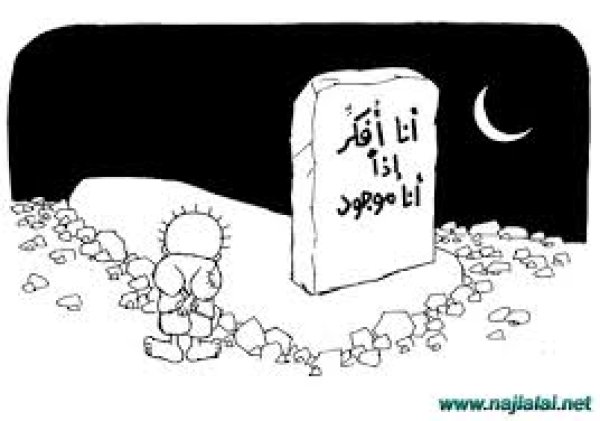
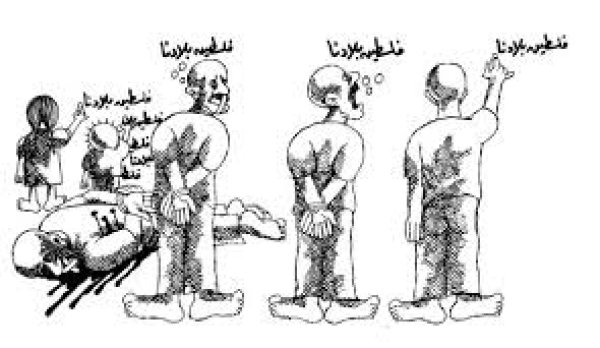
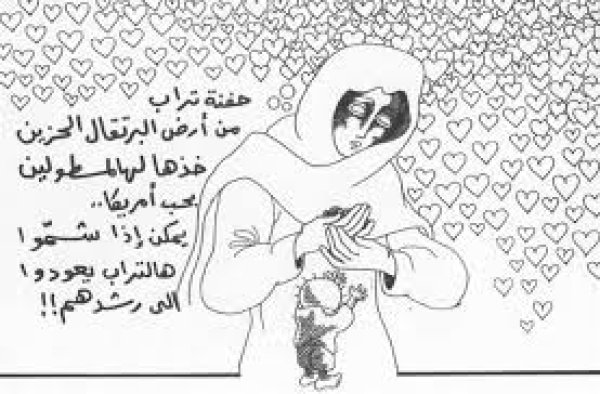
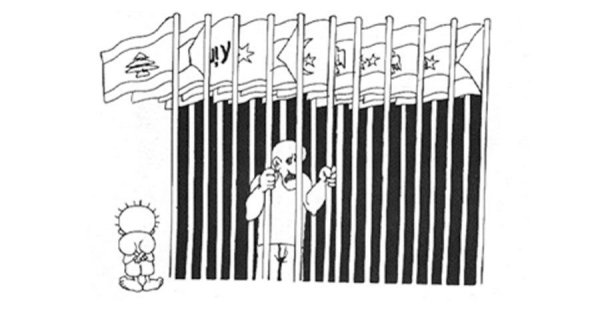
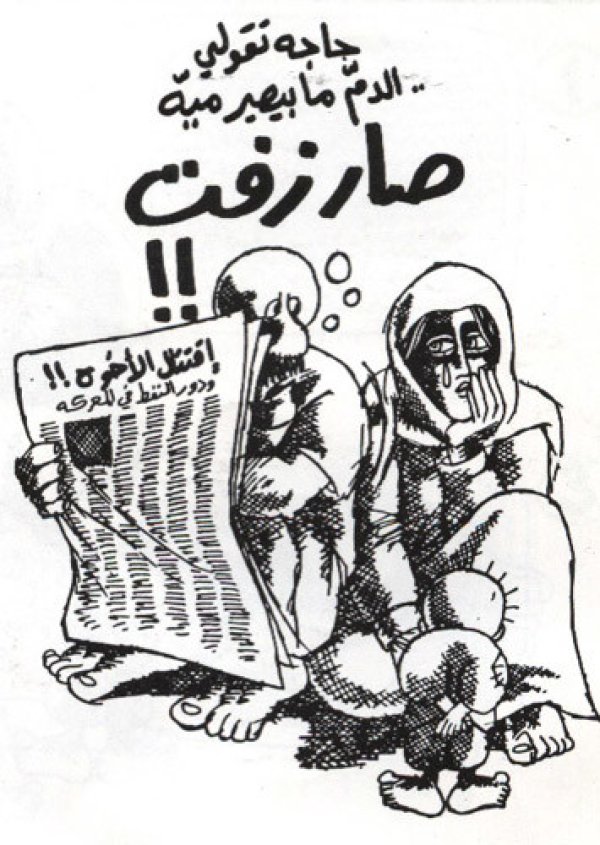
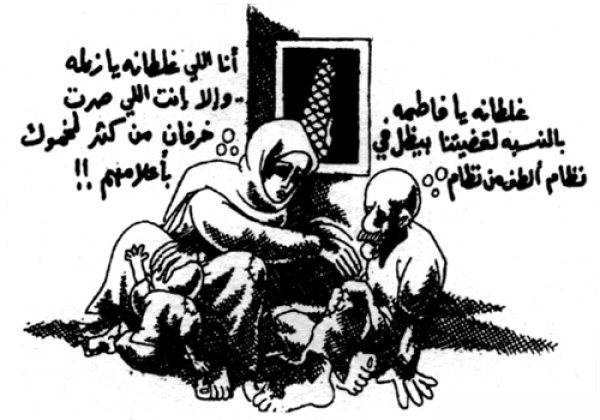
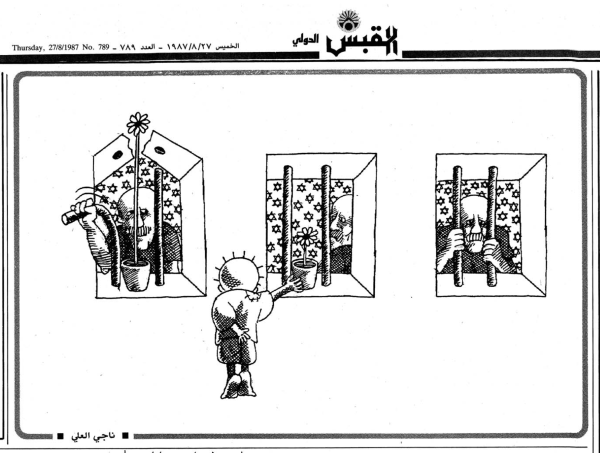
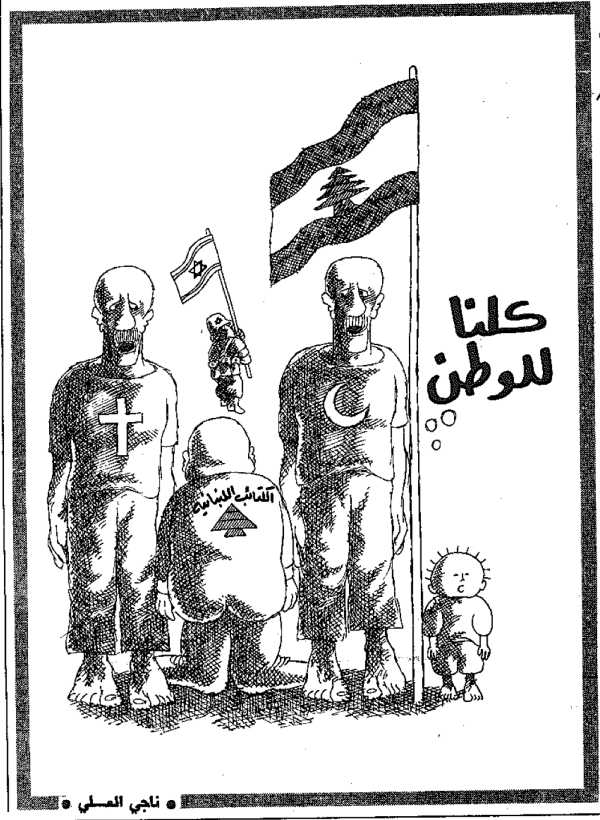
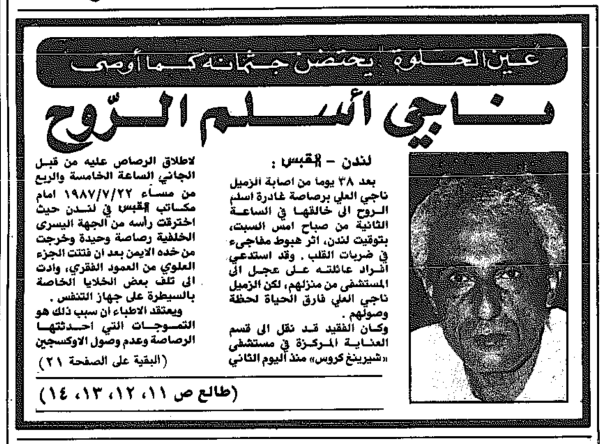
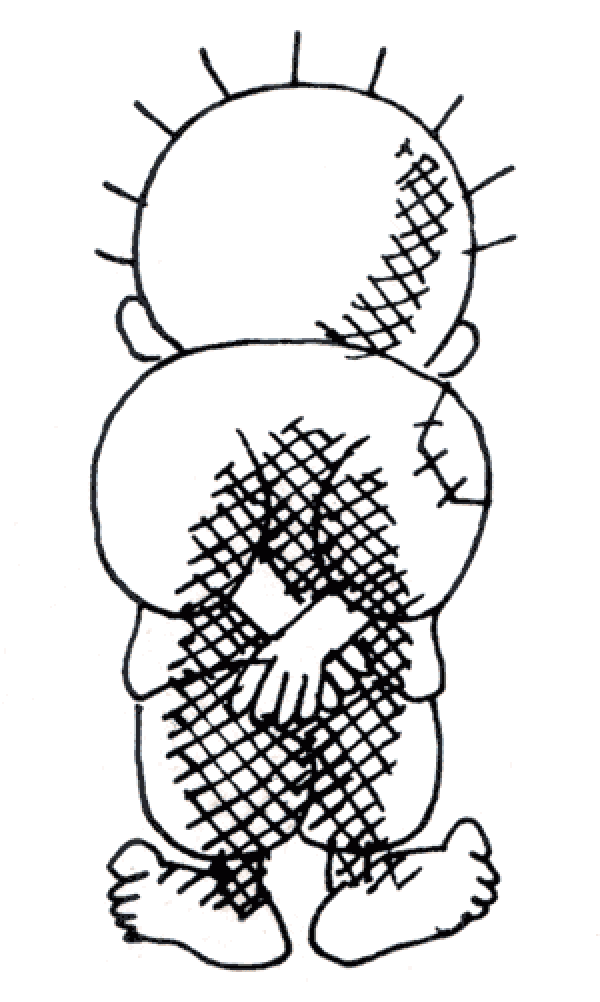
Share your opinion